#jim shooter
Text


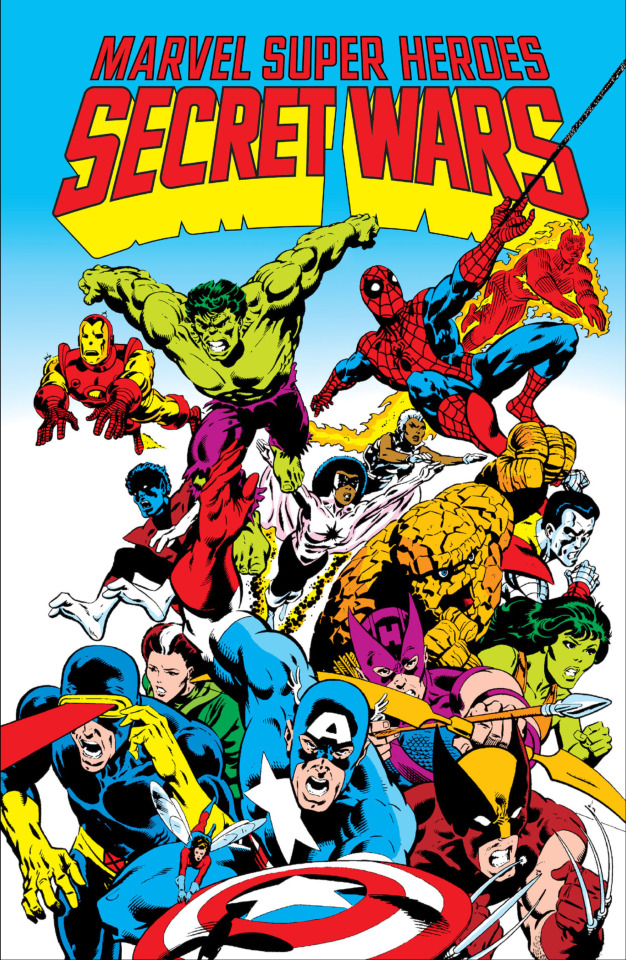
Continuing our celebration of the 40th anniversary of the Marvel Super Heroes Secret Wars limited series (1984) with Mike Zeck's spectacular cover art from Secret Wars #1. In the pencils and inks, note the inclusion of Kitty Pryde, who ultimately didn't appear in the series, as well as Mister Fantastic and Thor, who were removed to fit the logo on the final printed cover.
#marvel comics#marvel collected editions#marvel limited series#marvel super heroes secret wars#marvel secret wars#secret wars 40th anniversary#mike zeck#jim shooter#marvel 1980s#marvel 1984
138 notes
·
View notes
Text
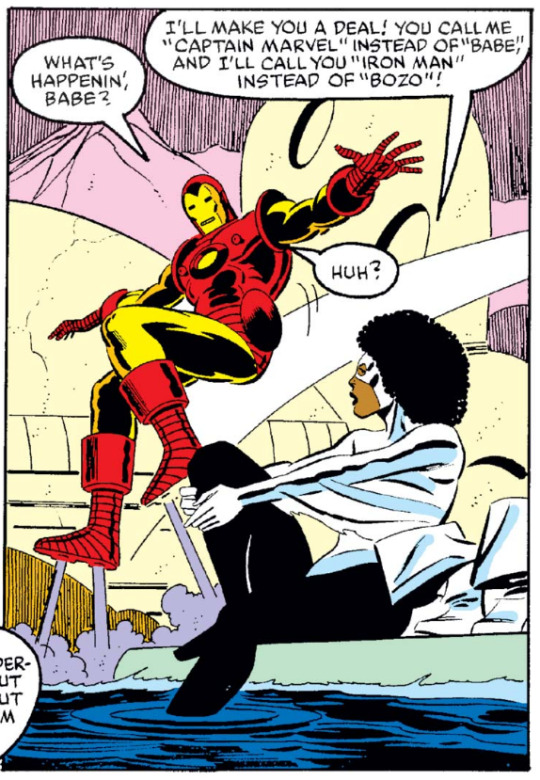
Captain Marvel tells off Iron Man // Secret Wars (1984) #6, Oct 1984
#captain marvel#monica rambeau#iron man#james rhodey rhodes#james rhodes#marvel#marvel comics#jim shooter#bob layton#john beatty
268 notes
·
View notes
Text
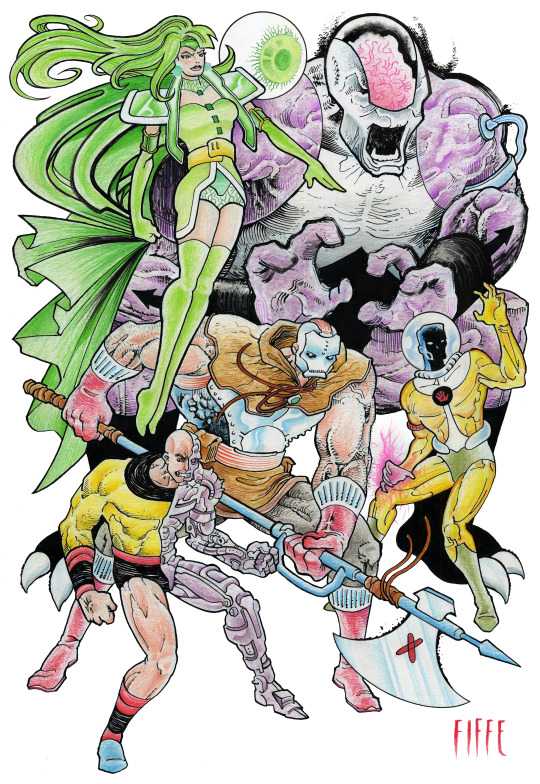
The Fatal Five was created by a teenage Jim Shooter in the 60s.
78 notes
·
View notes
Note
Why has the American comics industry been so adverse to unionization? I've been reading through the Comics Broke Me hashtag on Twitter and I've realized how difficult it's been to even get meager compensation for work that provides the backbone for billion dollar smash hits.
I would highly recommend Abraham Josephine Riesman's biography of Stan Lee, True Believer, both as an excellent portrait of the man himself and how his industry changed across the decades. (Bell and Vassallo's Secret History of Marvel is also quite good on the early history of the company.)
When the comics industry emerged out of the pulp and magazine industry in the 30s, it was not the "backbone for billion dollar smash hits" that it is today - it was a low-rent, fly-by-night industry that was associated with pornography and organized crime. Notably, it was also an low-cost industry that sold a very cheap product (the original 10-cent comic was about $1.80 in today's money) to children. More on this in a bit.
Even when it suddenly experienced a sudden increase in popularity with Action Comics #1, everyone in the industry thought that it was a passing fad that would be temporary - and so there was less resistance to the work-for-hire system that bosses like Martin Goodman used to keep their costs down. Not no resistance - as Riesman notes, Jack Kirby and Joe Simon got pissed when Goodman started stiffing them on the profit-sharing from Captain America, so they started moonlighting at D.C, Stan Lee found out and snitched on them to his cousin-in-law/boss, and that led to them getting fired - but less.

However, there was another reason why it was hard to start a union in the comics industry, which is that a lot of comics creators were vaguely ashamed or embarrasse to be associated with it. Even before Wertham and the moral panic of the 1950s, comics were (as I've noted above) seen as a bit scuzzy, a form of disposable crass commercial entertainment aimed at an undiscerning audience of children, and certainly not respectable Real Art. While they were trying for their big break into the more prestigious worlds of fine art or literary fiction, writers and artists viewed their work in the comics industry as a day job that was best kept a bit under wraps - hence why Stanley Lieber only used the nom-de-plume Stan Lee for the comics, because he wanted to keep his then-real name for the career in novel-writing that he wanted to have.
Moreover, there was a particular ethnic angle to this distancing. As I've written a bit about before, there was a tendency among Jewish creators of this generation to keep Judaism subtextual and to change their names to keep their own Judaism subtextual - hence Stanley Lieber taking on a more gentile-sounding name, hence even a proud and pugnacious Jewish man like Jacob Kurtzberg choosing to go by Jack Kirby. Partly, this was done as a means of achieving economic opportunity in a society that wasn't exactly welcoming to creators with Jewish surnames. (Hence the line in the West Wing about Toby Ziegler going by Toby Ritchie when he worked as a telemarketer.) This is another reason why these Jewish creators were working in comics in the first place, because the "Mad Men" who ran the advertizing industry wouldn't hire them.
But partly it was done to avoid becoming a shanda fur die goyim - a Yiddish expression that means "a shame in front of the gentiles" - by associating the Jewish community with a (heavily Jewish) industry that was viewed as little more elevated than the schmatta trade in comparison to the prestigious world of art and literature. It's an old story - literally, it's the plot of The Jazz Singer, the first talkie about a Jewish entertainer (in blackface, unfortunately) and his conflict and eventual reconciliation with his more traditional family.
youtube
After comics went through its first big boom in WWII and then survived the crash in the 50s and saw the second big boom in the 60s, a lot of creators realized that the handshake work-for-hire deals that they had started with had screwed them out of a lot of money. This started some very high profile long-running lawsuits, as first Siegel and Shuster and later Kirby and Ditko sought to get a portion of the rights to the characters they had created. (Some of these lawsuits settled only a few days ago, and some are still ongoing.)
As Riesman explains, the Copyright Act of 1976 created an opening for comics creators by requiring that there be a written agreement between a work-for-hire creator and their employer establishing the transfer of copyright. This created an existential crisis for the Big Two comics companies, and the new Marvel Editor-in-Chief Jim Shooter immediately tried to get his creators to sign one-page contracts transferring their rights. Hotshot artist Neal Adams urged creators to not sign the contract and invited them to a meeting at his place to discuss forming a union. Shooter retaliated by threatening to black ball anyone who joined Adams' organization - and this blatant violation of U.S labor law cowed comics creators into signing the contracts and signing away their rights and the drive to unionize comics died the same way a lot of union drives die.
Things have gotten a bit better in recent decades - the 90s comics boom and the departure of the Image guys improved the situation for creators' rights somewhat due to competitive pressure, but there are still significant problems when it comes to comics creators' access to health care, pensions, and other benefits. There have been some recent union wins - the Comic Book Workers United organized Image Comics - but these tend to be unions of staff workers rather than creators. There is the Cartoonists' Co-op, which is looking to move in the direction of acting like a union but is a very nascent organization that's a long way away from that yet. And it remains galling that the most that creators see from the billions made by Disney and Warner Brothers Discovery are $5,000 checks dispensed to keep them quiet.
It's not going to get better until writers and artists unionize.
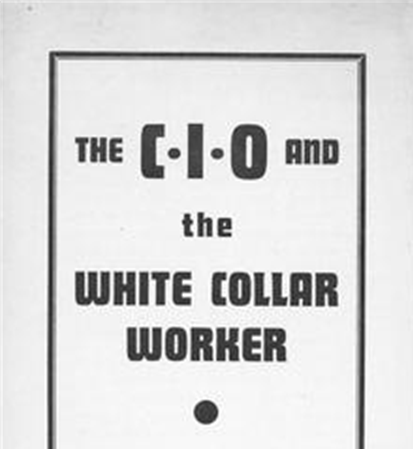
#comics#comics meta#stan lee#jack kirby#jim shooter#labor history#trade unions#jewish history#subtextual judaism#cultural history#marvel#marvel meta#dc#dc meta
182 notes
·
View notes
Text
BHOC: AVENGERS #181
This next issue of AVENGERS was also a book that my younger brother Ken bought his own copy of, though in this case that copy vanished somewhere over the years and never made its way to me. It’s a well-remembered issue, with the narrative getting back on track after a trio of fill-in jobs due to new editor in chief Jim Shooter’s new duties preventing him from keeping up on the plotting of this…
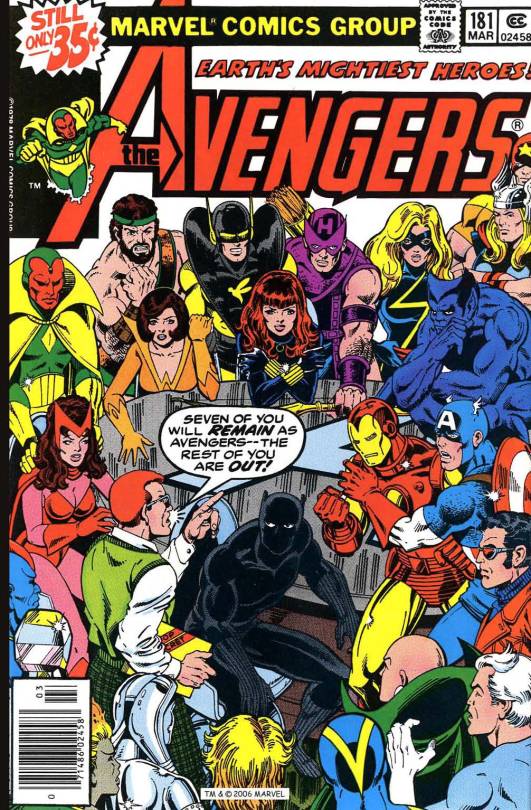
View On WordPress
35 notes
·
View notes
Text
The Evolution of Ghost Rider: A Journey through the Stern-DeMatteis Era

In the vast and ever-expanding universe of Marvel Comics, certain runs stand out as transformative moments for characters, reshaping their narratives and defining their identities. One such epochal period occurred within the Ghost Rider series, spanning from issue number 68 to the poignant conclusion in issue 81. What began as Roger Stern's stewardship transitioned seamlessly into J.M. DeMatteis' tenure, crafting a storyline that not only delved into the depths of Johnny Blaze's tortured soul but also elevated Mephisto to the status of his arch-nemesis. As the flames of vengeance intertwined with the intricacies of demonology, readers were treated to a saga that not only expanded the mythos of Ghost Rider but also explored the complexities of morality and redemption
The Genesis of Change: Roger Stern's Reign
Roger Stern's takeover of Ghost Rider marked a significant turning point in the character's mythology. Issue 68 served as a catalyst, introducing subtle yet profound alterations to Johnny Blaze's origin story. By retconning Satan's role and replacing it with Mephisto, Stern not only streamlined the narrative but also established a more intricate dynamic between the Spirit of Vengeance and his eternal foe. This shift laid the groundwork for future explorations into the depths of Johnny's torment and the insidious influence of Mephisto's machinations
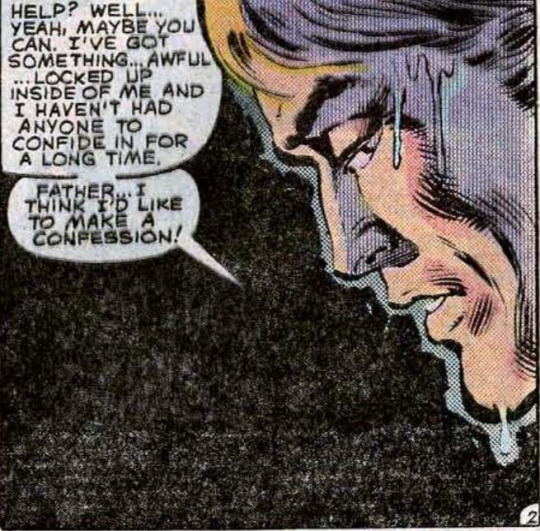
Throughout Stern's tenure, themes of redemption and the eternal struggle between good and evil permeated each issue. Johnny Blaze's internal conflict was brought to the forefront, as he grappled with the consequences of his Faustian bargain and sought to atone for his sins through acts of heroism. Stern's masterful storytelling, coupled with the dynamic artwork of Bob Budiansky, brought a sense of gravitas to each panel, immersing readers in a world where the boundaries between light and darkness blurred
The Ascension of Mephisto: J.M. DeMatteis' Magnum Opus
As Stern's run drew to a close, J.M. DeMatteis took up the mantle, guiding Ghost Rider through his final trials and tribulations. Issue 81, aptly titled 'The End of Ghost Rider,' served as a poignant conclusion to this chapter of Johnny Blaze's journey, offering closure while paving the way for future narratives. DeMatteis' writing brought a sense of depth and introspection to the series, delving into the psyche of both hero and villain alike
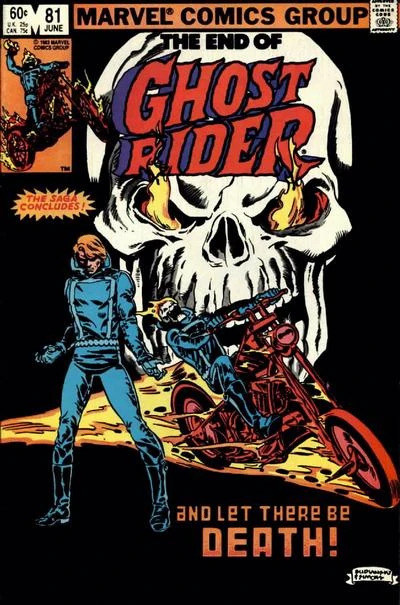
One of the most significant contributions of DeMatteis' tenure was the elevation of Mephisto from mere antagonist to Johnny Blaze's ultimate nemesis. Through intricate storytelling and nuanced characterization, Mephisto emerged as a formidable adversary, a dark mirror to Johnny's tortured soul. Theirs became a battle not only of strength but of willpower and resilience, with each confrontation pushing both characters to their limits
The Redemption of Zarathos: Unraveling the Demon's Past
Central to the Stern-DeMatteis era was the exploration of Zarathos, the demonic entity bound to Johnny Blaze's fate. As the series progressed, glimpses of Zarathos' tragic past emerged, shedding light on the origins of the Spirit of Vengeance and his eternal quest for redemption. Through intricate storytelling and subtle foreshadowing, Stern and DeMatteis wove a tapestry of intrigue and mystery, unraveling the layers of Zarathos' identity while deepening the connection between host and spirit
By delving into Zarathos' backstory, the series added depth and complexity to the character, transforming him from a mere instrument of vengeance into a figure of tragic heroism. His struggles became emblematic of the eternal battle between light and darkness, as he grappled with his own nature while striving to protect those he cared for. In the end, Zarathos' journey mirrored Johnny Blaze's own quest for redemption, forging a bond that transcended the confines of flesh and blood
A Legacy of Flame and Shadow
The Stern-DeMatteis era of Ghost Rider stands as a testament to the transformative power of storytelling within the realm of comics. Through meticulous characterization, intricate plotting, and dynamic artwork, the series breathed new life into the mythos of Ghost Rider, reshaping the character's identity for generations to come. From the retconning of Johnny Blaze's origin to the elevation of Mephisto as his arch-nemesis, each issue served as a building block in a narrative tapestry that explored the depths of human emotion and the eternal struggle between good and evil
As fans look back on this seminal era, they are reminded not only of the trials and tribulations of Johnny Blaze and Mephisto but also of the enduring legacy of Ghost Rider as a character. Through flame and shadow, redemption and damnation, the Spirit of Vengeance endures, a beacon of hope in a world consumed by darkness. And though the fires may wane and the shadows may lengthen, the spirit of Ghost Rider lives on, eternal and unyielding, a testament to the power of storytelling to transcend the boundaries of time and space
Buy Marvel Masterworks: Ghost Rider Vol. 6
#ghost rider#johnny blaze#roger stern#j. m. dematteis#bob budiansky#marvel comics#bronze age comics#jim shooter
21 notes
·
View notes
Text


Marvel Age (1983)
#Comics#Marvel Comics#Marvel Age#Stan Lee#X-Men#Micronauts#Jim Shooter#Jackson Guice#Vintage#Art#Marvel#Ron Zaine#Bob Wiacek#1983#1980s#80s
91 notes
·
View notes
Text
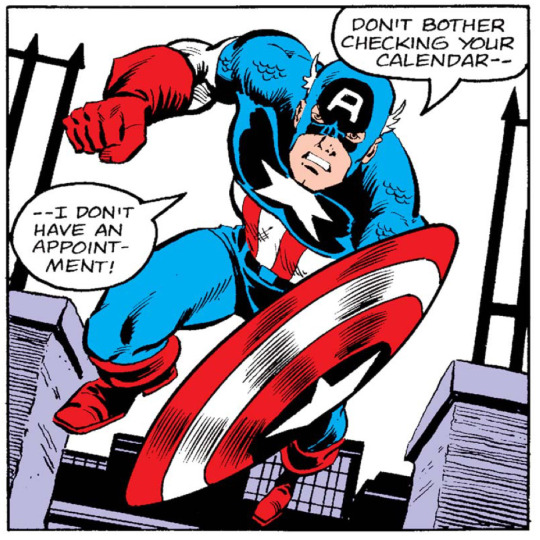
Captain America #232 (Mckenzie & Shooter/Buscema, Apr 1979). Steve carves a furious path through NYC, seeking the white nationalists who’ve brainwashed Sharon. He briefly recovers his job as a cop, so it’s kinda funny when Boss Morgan calls him out for being friends with the racists.
31 notes
·
View notes
Text

World’s Finest #177 - August 1968 (DC Comics - USA)
Cover Art: Ross Andru
DUEL OF THE CRIME-KINGS
Script: Jim Shooter
Art: Curt Swan (Pencils), Mike Esposito (Inks) Milt Snapinn (Letters)
Characters: Superman; Batman; Robin [Dick Grayson]; Joker; Lex Luthor
Synopsis: Joker busts Luthor out of jail and they team-up again
Batman story #1,244
#comics#dc comics#world's finest#batman#superman#the joker#lex luthor#ross andru#jim shooter#curt swan#mike esposito#milton snappin#1968
50 notes
·
View notes
Text
Boda de Mary Jane y Peter Parker
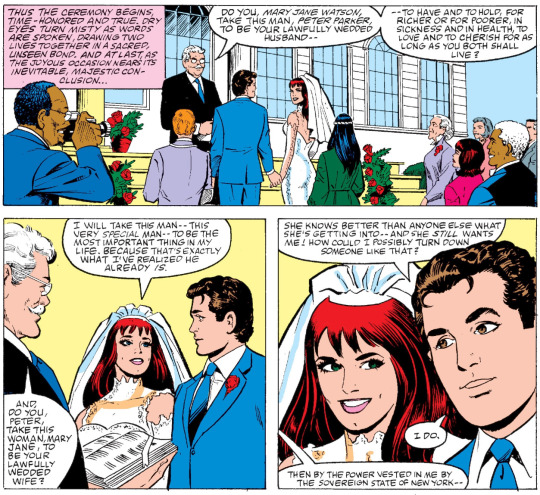

Amazing Spider-Man Annual (1964) #21
Argumento: Jim Shooter
Guionista: David Michelinie
Dibujante: Paul Ryan
(Así empieza la ceremonia, tradicional y sincera. Los ojos secos se emborronan mientras se dicen palabras, uniendo dos vidas en un lazo sagrado e invisible, y por fin la alegre ocasión se aproxima a su inevitable y majestuosa conclusión…)
— Oficiante de matrimonio: Mary Jane Watson, ¿tomas a este hombre, Peter Parker, como tu legítimo esposo? ¿Para honrarlo y amarlo en la riqueza y en la pobreza, en la enfermedad y en la salud, mientras duren vuestras vidas?
— Mary Jane Watson: Acepto a este hombre, a este hombre muy especial, como la cosa más importante de mi vida, porque eso es exactamente lo que me he dado cuenta de que es.
— Oficiante de matrimonio: Y tú, Peter, ¿tomas a esta mujer, Mary Jane, como tu legítima esposa?
— Peter Parker: Sabe mejor que nadie dónde se mete… ¡Y todavía me quiere! ¿Cómo voy a rechazar a alguien así? Sí, quiero.
— Oficiante de matrimonio: Entonces, por el poder que me otorga el estado soberano de Nueva York… ¡Os declaro marido y mujer!
#comics#comic books#comic book panels#marvel comics#peter parker#mary jane watson#peter and mj#amazing spider man#spider-man#spiderman#spider man#jim shooter#david michelinie#paul ryan
15 notes
·
View notes
Text
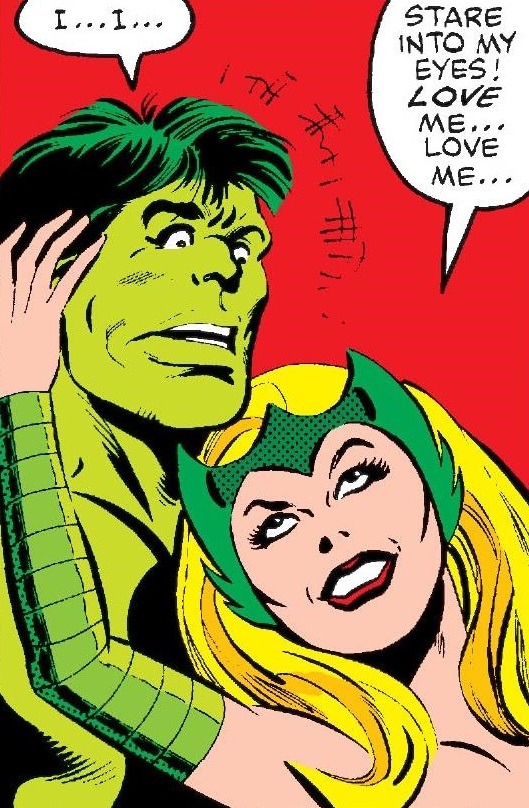
10 notes
·
View notes
Text
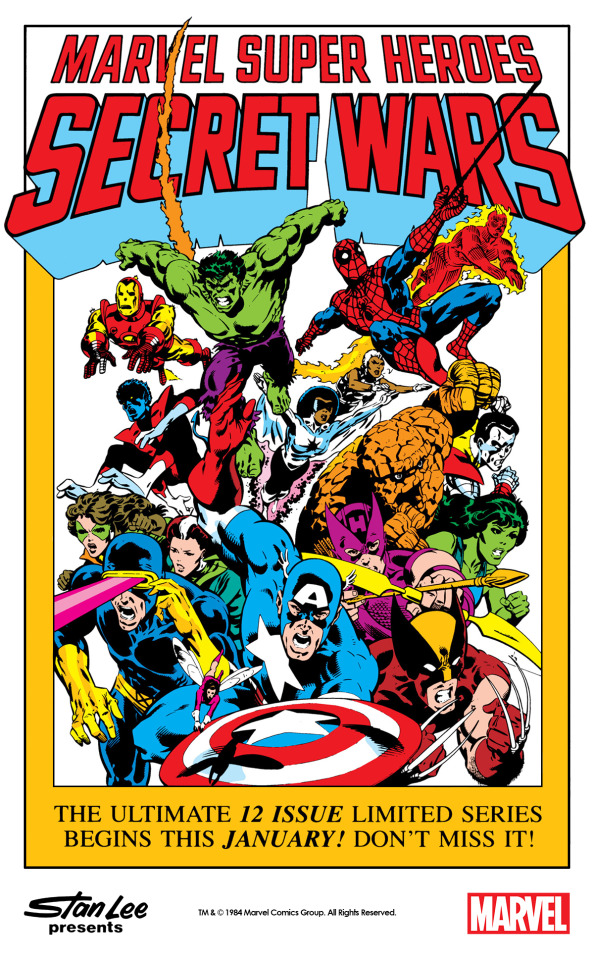
Continuing our celebration of the 40th anniversary of the iconic Marvel Super Heroes Secret Wars limited series with a Marvel house ad featuring art by Mike Zeck with inks by John Beatty (1984)
#marvel comics#marvel house ads#secret wars#marvel limited series#marvel super hero secret wars#jim shooter#mike zeck#john beatty#secret wars 40th anniversary#marvel 1980s#marvel 1984
124 notes
·
View notes
Text
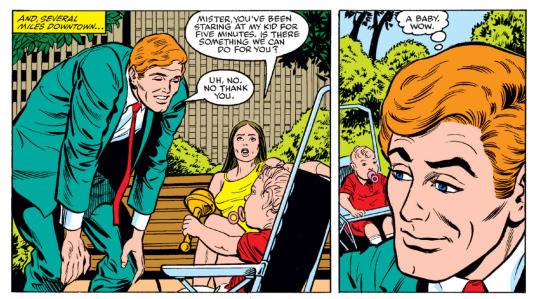
Matt Murdock takes advantage of his newly regained vision // Daredevil (1964), Oct 1985
#matt murdock#daredevil#secret wars ii#marvel#marvel comics#jim shooter#dennis o'neil#david mazzucchelli#kim demulder
41 notes
·
View notes
Text

The Avengers #171: ...Where Angels Fear to Tread
by Jim Shooter; George Perez; Pablo Marcos; Denise Wohl and Phil Rachelson
Marvel
11 notes
·
View notes
Note
Do you prefer Phoenix as what was originally intended, as Jean at the peak of her powers, or as the cosmic force it became that wound up getting involved with Jean (to put it in the most basic terms)?
No, it always had to be both. If the Phoenix is just Jean Grey, another Omega-level mutant, the story ends in cosmic oblivion. Even as an Omega, Jean Grey alone can win a battle, but she lacks the cosmic transcendence of Tiphareth to remake the universe in the image of the tree of life.
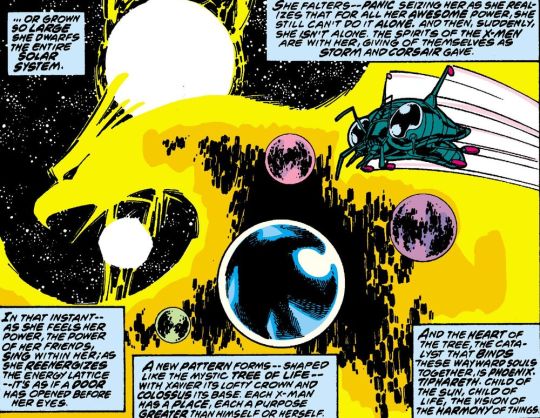
At the same time, if it is just the Phoenix inhabiting an empty vessel, the narrative collapses into hollow stage play. To borrow the language of my earlier post about Cristological controversies, if there is only a divine nature and no human nature, there is no sacrifice and no salvation. As Claremont understood and Shooter and Busiek failed to grasp, with the clone retcon, you lose the core dramatic arc of a brave woman who grapples with divinity and in the end chooses to die a human.
#xmen#xmen meta#phoenix#jean grey#phoenix saga#dark phoenix saga#chris claremont#jim shooter#kurt busiek
28 notes
·
View notes
Text
GH: AVENGERS #233
I had really enjoyed AVENGERS up to and just past issue #200. Likely a lot of that had to do with the artwork of George Perez and John Byrne. But once Perez left to go to DC, this was a book that took a hard left turn at a certain point, and I just didn’t like it at all, for all that I kept on reading it every month. That was the point where editor in chief Jim Shooter decided that the Avengers…

View On WordPress
#Avengers#George Perez#Jim Shooter#John Byrne#Marvel#Roger Stern#Son of Origins of Marvel Comics#Steve Englehart#Walt Simonson
32 notes
·
View notes